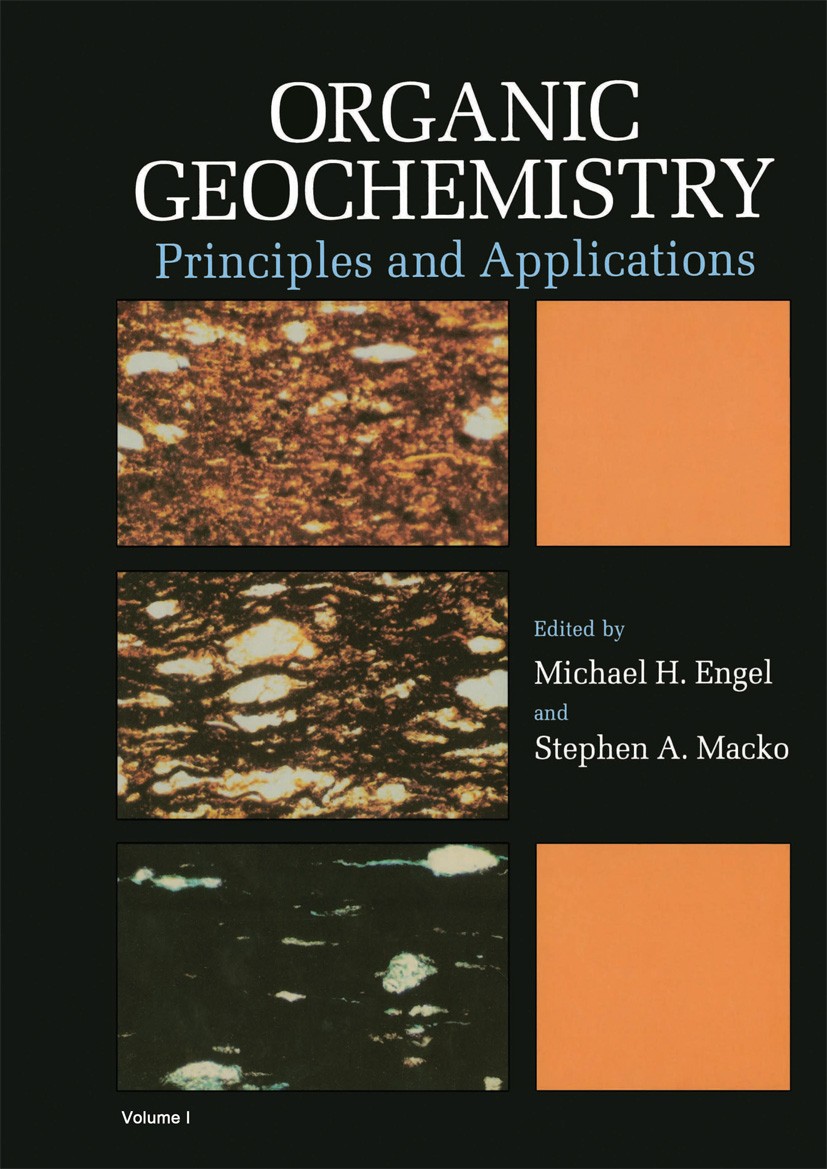Large-scale accumulation of abiotic gases associated with subduction and volcanic activities in rift basins in eastern China
IF 2.5
3区 地球科学
Q2 GEOCHEMISTRY & GEOPHYSICS
引用次数: 0
Abstract
A series of large-scale abiotic gas reservoirs have been discovered in a few rift basins in eastern China. However, the compositions of the abiotic gases in each gas reservoir differ significantly, dominated by CO2 or CH4. This study aims to explore the factors controlling the large-scale generation and accumulation of different types of abiotic gases in the reservoirs. CO2 is the major component of the abiotic gases in the Huangqiao, Huagou, and Pingfangwang reservoirs, exceeding 60 % up to 95 % and the δ13CCO2 values are generally greater than −8‰. CH4 is the major component in the Qingshen and Songnan reservoirs with content up to 94.98 %. The δ13CCH4 values are commonly greater than −30 ‰ (up to −16.8 ‰) and the alkanes exhibit a reverse sequence (δ13CCH4 > δ13CC2H6 > δ13CC3H8 > δ13CC4H10). Most of the 3He/4He ratios of the reservoirs are commonly greater than 1 Ra. The carbon isotope values and 3He/4He ratios indicate that most of the gas components (CO2 or CH4) are abiotic. The abiotic CO2 is associated with mantle-degassing, and abiotic CH4 is mantle-derived and/or attributed to Fischer-Tropsch (FT) reactions. The ratios of Fe3+/∑Fe of the basalt near the Huangqiao reservoir are higher than those near the Qingshen and Songnan reservoirs, suggesting the relatively oxygen-fugacity controls the major component of the abiotic gases. The northwestward subduction of the western Pacific Plate, starting from the Japan Trench, triggered extensive magmatic and volcanic activities, resulting in the release and accumulation of abiotic gases in the rift basins. The variation in oxygen fugacity associated with oxidizing materials (e.g., iron and manganese oxides) and carbonate and sulfate sediments carried by the subducted plate determined the presence of abiotic CO2 or CH4. As the subduction slab continues moving forward beneath the continental plate, the influence of high-oxygen-fugacity materials gradually decreases, causing the abiotic gases to transition from CO2 to CH4. The Huangqiao, Huagou, Pingfangwang, Songnan, and Qingshen gas reservoirs are located farther away from the subducting slab, which explains the gradual shift in the abiotic component in these reservoirs. In general, the majority of the abiotic gases are released from deep faults and magmatic eruptions. Therefore, we conclude that the abiotic gas reservoirs are located near deep faults and igneous rocks.

中国东部裂谷盆地俯冲和火山活动相关的大规模非生物气体聚集
在中国东部的几个裂谷盆地中发现了一系列大型的非生物气藏。但各气藏非生物气体组成差异较大,以CO2或CH4为主。本研究旨在探讨储层中不同类型非生物气体大规模生成和聚集的控制因素。黄桥、花沟、平房旺等储层非生物气主要组分为CO2, δ13CCO2值普遍大于- 8‰,大于60% ~ 95%。CH4是青深、松南储层的主要成分,含量高达94.98%。δ13CCH4值一般大于- 30‰(最高可达- 16.8‰),烷烃呈相反顺序(δ13CCH4 >;δ13 cc2h6祝辞δ13 cc3h8祝辞δ13 cc4h10)。储层的3He/4He比值一般大于1ra。碳同位素值和3He/4He比值表明,大部分气体组分(CO2或CH4)是非生物的。非生物CO2与地幔脱气有关,非生物CH4是地幔衍生的和/或归因于费托反应(FT)。黄桥储层附近玄武岩的Fe3+/∑Fe比值高于庆深和松南储层附近,表明相对氧逸度控制了非生物气体的主要成分。西太平洋板块从日本海沟开始向西北俯冲,引发了广泛的岩浆和火山活动,导致裂谷盆地内非生物气体的释放和聚集。氧逸度的变化与氧化物质(如铁和锰氧化物)以及俯冲板块携带的碳酸盐和硫酸盐沉积物有关,确定了非生物CO2或CH4的存在。随着俯冲板块在大陆板块下继续向前移动,高氧逸度物质的影响逐渐减弱,导致非生物气体由CO2向CH4过渡。黄桥、花沟、平房王、松南、青深气藏的位置离俯冲板块较远,这说明了这些气藏非生物成分的逐渐转移。一般来说,大部分的非生物气体是从深断层和岩浆喷发中释放出来的。因此,我们认为非生物气藏位于深断裂和火成岩附近。
本文章由计算机程序翻译,如有差异,请以英文原文为准。
求助全文
约1分钟内获得全文
求助全文
来源期刊

Organic Geochemistry
地学-地球化学与地球物理
CiteScore
5.50
自引率
6.70%
发文量
100
审稿时长
61 days
期刊介绍:
Organic Geochemistry serves as the only dedicated medium for the publication of peer-reviewed research on all phases of geochemistry in which organic compounds play a major role. The Editors welcome contributions covering a wide spectrum of subjects in the geosciences broadly based on organic chemistry (including molecular and isotopic geochemistry), and involving geology, biogeochemistry, environmental geochemistry, chemical oceanography and hydrology.
The scope of the journal includes research involving petroleum (including natural gas), coal, organic matter in the aqueous environment and recent sediments, organic-rich rocks and soils and the role of organics in the geochemical cycling of the elements.
Sedimentological, paleontological and organic petrographic studies will also be considered for publication, provided that they are geochemically oriented. Papers cover the full range of research activities in organic geochemistry, and include comprehensive review articles, technical communications, discussion/reply correspondence and short technical notes. Peer-reviews organised through three Chief Editors and a staff of Associate Editors, are conducted by well known, respected scientists from academia, government and industry. The journal also publishes reviews of books, announcements of important conferences and meetings and other matters of direct interest to the organic geochemical community.
 求助内容:
求助内容: 应助结果提醒方式:
应助结果提醒方式:


